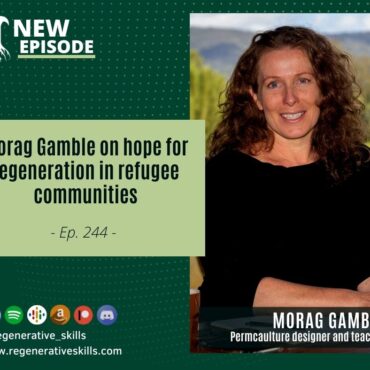
Morag Gamble on hope for regeneration in refugee communities
Learn more about Morag Gamble’s online permaculture training here! As we continue to dive deeper into this series on how to build strong communities I wanted to take the time […]
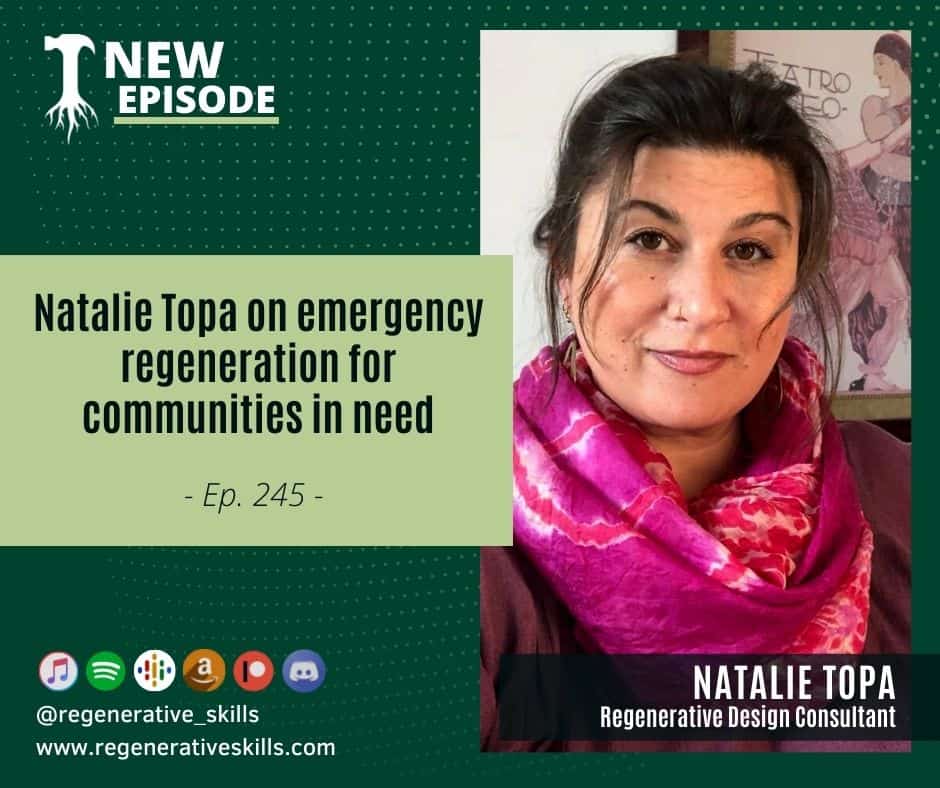

Today I want to build on the focus of last week’s episode with Morag Gamble in which we explored the challenges and opportunities for environmental and societal regeneration in refugee communities.
One of the people that Morag mentioned in the interview who is also pioneering regenerative work with refugee communities was Natalie Topa. I immediately recognized that name from an inspiring webinar that I’d watched in which Natalie presented her work and design methods from her experience working in post conflict and disaster zones as well as refugee communities in east Africa.
In general I have so much respect for people who take on both the personal risk to go ad work in conflict or post disaster areas, and who take on the heavy responsibility of deeply listening to members of the communities they’re working in to understand their unique situation before jumping to conclusion about the solutions they think those people need, and Natalie is an inspiring example of both of those capabilities.
But let me take a few steps back and give you some context.
Natalie Topa was born to a Polish immigrant mother and a Ukrainian refugee father who grew up in Rio de Janeiro. Natalie herself was born in Buffalo, New York and then moved to Denver at age five and grew up in Colorado where she completed her Bachelor’s degree in Sociology and Human Services, and a Master’s in Urban and Regional Planning with a focus in Economic Development.
She later moved to South Sudan after the signing of the 2005 Peace Agreement to work on post-war town planning and reconstruction, and then started to work with displaced populations on community reconstruction, agriculture, health and school facilities, water provision and civic engagement. Since then, Natalie has directed programs in climate change resilience using a systems-based approach that includes local governance, gender empowerment, market systems development, financial inclusion, food security and natural resource management.
Today, Natalie works on a global scale in applying regenerative design for resilience in the contexts of disaster, displacement and development” with experience in Africa, Middle East and Southeast Asia..
In this interview Natalie started by mapping out her wild journey into her unique line of work. From there we talk about the learning journey that has added new tools and options to her repertoire along the way.
From there we started to explore the types of situations and challenges she encounters when she is brought in to work with a community and the processes she has developed to uncover the needs as well as the resources that those communities have.
Natalie has so many examples of activities and exercises that she uses to get the full range of people involved with the design and development process and her stories are truly inspiring. This conversation goes into some incredible and unexpected places and Natalie isn’t in the least bit shy about talking about the realities and causes of the situations she’s encountered.
Prepare yourself for a very candid and powerful conversation,
Links:
https://www.soberaniaalimentaria.info/otros-documentos/experiencias/898-la-regeneracion-del-entorno-en-el-contexto-de-los-desplazamientos-forzados
https://www.facebook.com/groups/484088199220373/
https://www.facebook.com/groups/211662703849588/
https://www.facebook.com/groups/144726600554690/
https://www.facebook.com/groups/123605349596707/https://www.facebook.com/groups/248533970003360/
https://regenerativeskills.com/morag-gamble-on-hope-for-regeneration-in-refugee-communities/
Tagged as: refugee.

Learn more about Morag Gamble’s online permaculture training here! As we continue to dive deeper into this series on how to build strong communities I wanted to take the time […]
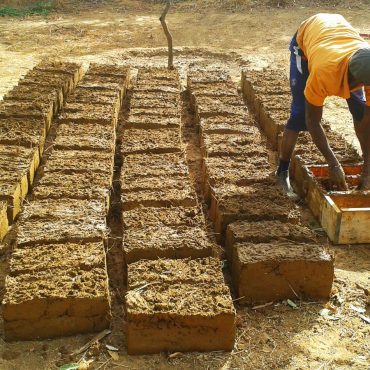
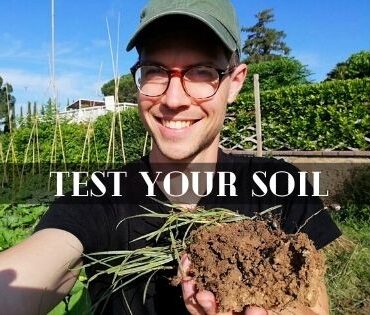
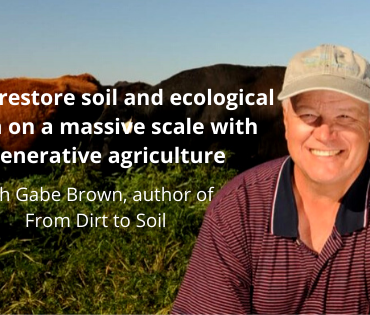
Copyright Regenerative Skills 2021
Post comments
This post currently has no comments.